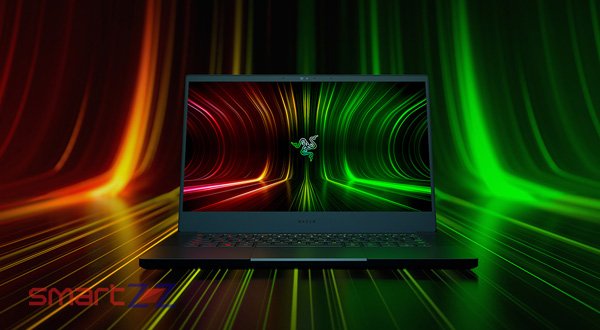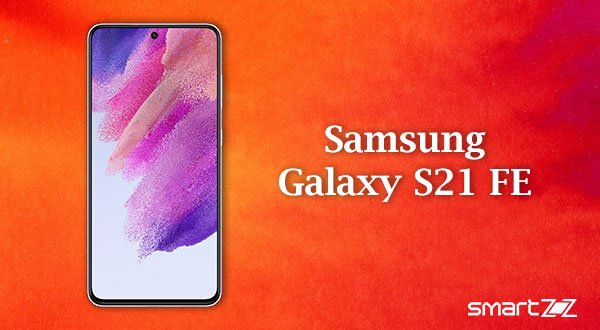Diffrence between IP68 vs IPX8 and a short explanation about Ingress protection or IP ratings.

There are certain terms like “dustproof,” “waterproof,” and “water-resistant” that catch our eyes on the box of a gadget. It can be a smartphone, smartwatch, or even earbuds, all these devices come with something called IP ratings and this denotes the level of protection the product has. Follow this post to know about IP ratings in detail and also find the comparison between IP68 and IPX8.
Tags like “dustproof” and “waterproof” are considered as gold by marketers. But do we know what they really mean? Or are you really sure if you can use your device in your shower or pool?
First let’s see what an Ingress Protection or IP means and then compare two important closures IP68 and IPX8.
IP ratings explained
All gadgets need a level of protection to encounter the challenges in the environments they are used. For, example, if you use your phone in a dusty place or spill and spray water on it, the phone needs some sort of protection to avoid damage. This is where Ingress Protection or IP comes in.
Ingress Protection or IP rating is a system that refers to the level of protection offered to an electronic device. All IP ratings use a two-digit number (e.g., IP67, IP68) to indicate the level of protection offered.
The first digit denotes the Ingress protection against solid objects like dust, fingers, and small tools. This is usually “6” (the highest) and it means the device has got a dust-tight enclosure. But if there is an “X” or 0 in that place, it means there is no protection.
The second digit denotes the Ingress protection against water. The second digit ranges from 0 to 8 and the lower the number is lesser its water tolerance would be. Note that this rating considers only water and not other liquids like oil and more.
Now you must be clear about the Ingress Protection or IP rating system. With that finished, let’s get into the business of comparing IP68 and IPX8. First look at the characteristics both IP68 and IPX possess.
IP68 characteristics.
- Completely dust-tight so no dust particles can enter the product.
- The product can resist water for up to 30 minutes.
- A depth of 1 meter or more (mentioned by manufacturer) inside water can be tolerated.
- Devices like smartphones and smartwatches have the IP68 rating.
IPX8 characteristics
- The “X” in IPX8 denotes no protection against high dust or dirt. So intrusion is highly possible.
- IPX8 products can resist more than 1 meter of water.
- The “8” in IPX8 denotes the highest possible protection against water. So spraying, splashing, and immersion under 1 m or more are all tolerated.
- IPX8 rating can be normally seen in Earbuds and earphones.
The result
The characteristics listed above clearly tell you the difference between IP68 and IPX8. IPX8 products are not tested against solid objects that cause damage but they have the best protection against water. Whereas, IP68 products are dust-tight and have the best protection against both dust/dirt and water.
Note: It is also important to know that all the smartphones that claim to be waterproof are tested with freshwater. The water that splashes or spills on our phones can be from swimming pools and other places so the chemicals in them can still damage the phone
So clearly the best Ingress protection among IP68 and IPX8 is the IP68 enclosure. Hope you are clear about IP ratings, next time you buy a device you will know which device has what level of protection.




More Stories
Best Gaming Laptops Under Rs 100000 to Buy in India 2025 December
Samsung Galaxy S21 FE 5G Review – Specification Comparison – 2022
Best AMD Processor Laptops to Buy under Rs 50000 in India – 2025 December